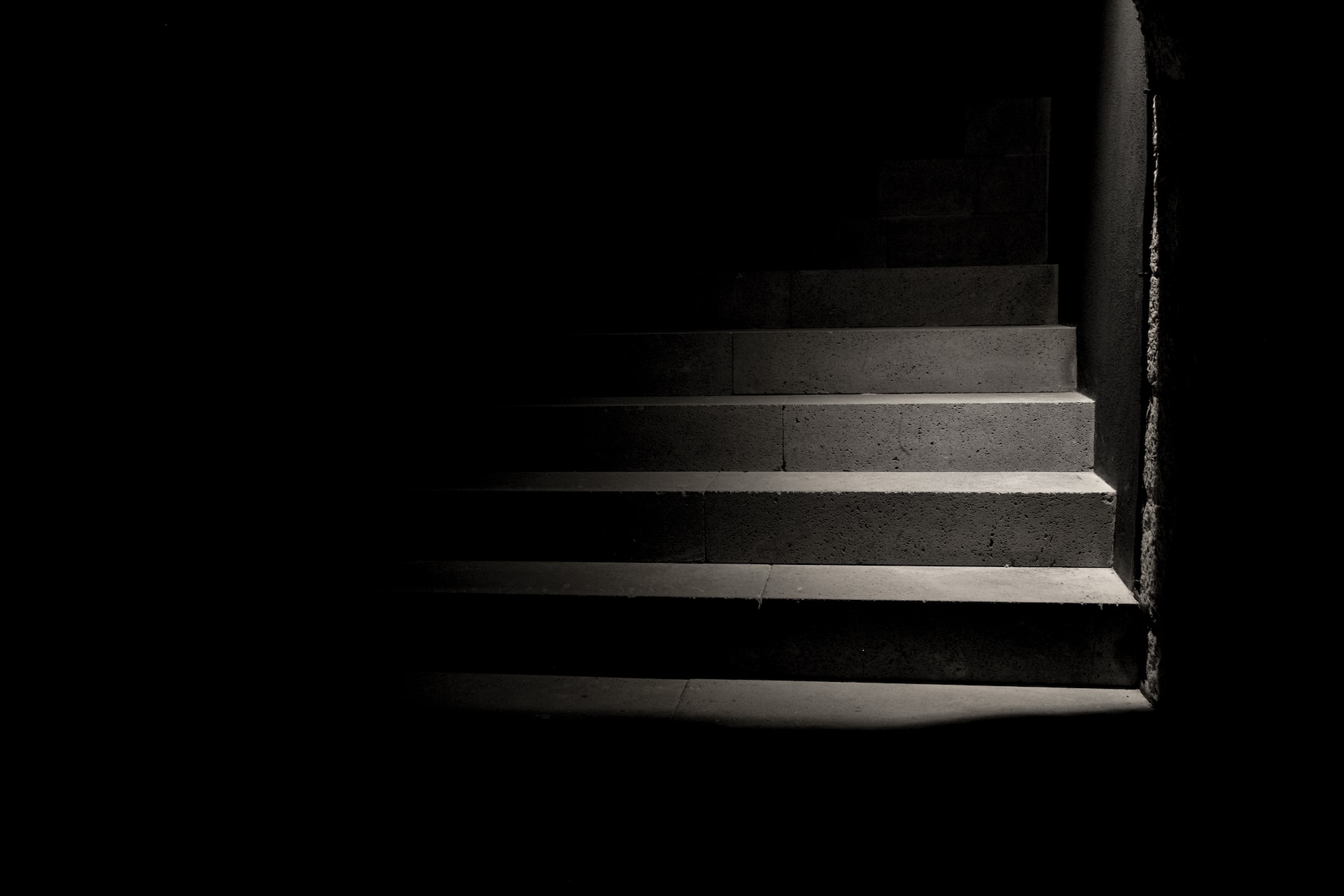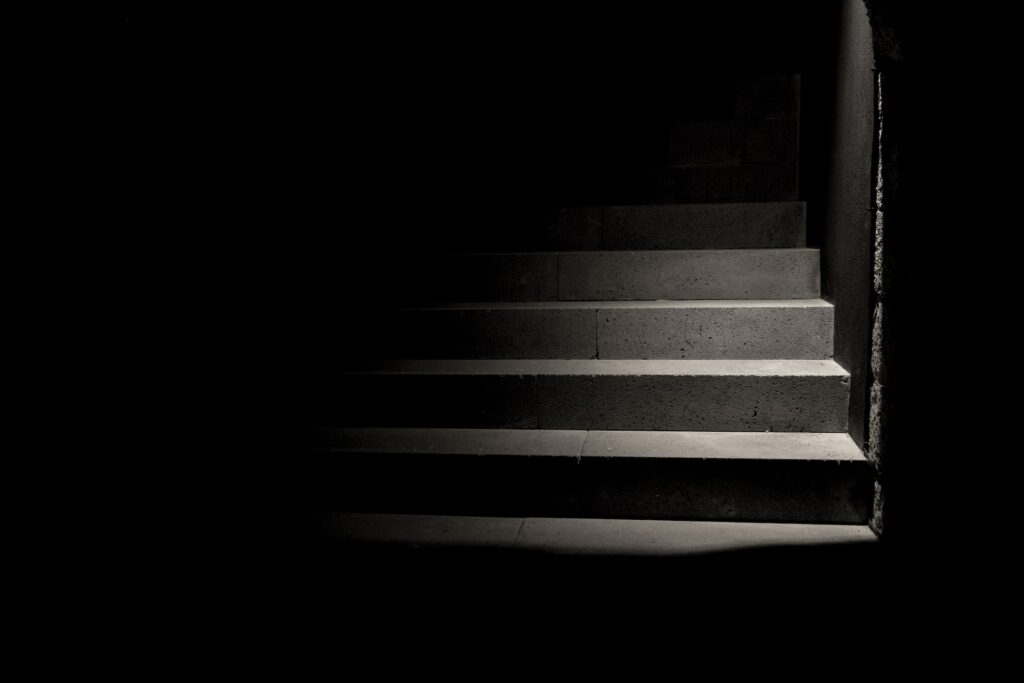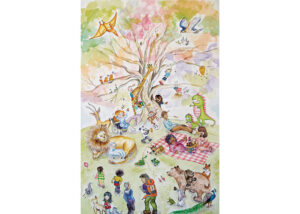When Sarah Kathleen Johnson was an undergraduate student at Conrad Grebel University College in Waterloo, Ont., she wrote a hymn text based on Psalm 139. More than a decade later, Len Enns, her former choir director at Grebel and a prominent Mennonite composer, would set the text to music, and the pairing would become Voices Together No. 200: “Darkness is not Dark to You, God.”
Johnson’s meditation on Psalm 139:11-12 explores this rich imagery, and reflects on themes of faith, doubt and certainty.
In a video about the song featured on MennoMedia’s YouTube channel, Enns describes his creative process: “Each verse of that text by Sarah Kathleen . . . begins with a statement of fact, and each verse then ends with a corresponding response or action or understanding. In my hymn tune, these two elements are connected with a brief, perhaps, inspiration.” In the first verse, the statement “Darkness leads to what is true” is highlighted by an ascending phrase that culminates in a sustained note and is followed by a rest. Enns explains that this pause is the only major pause in the whole hymn, and this sequence enlivens Johnson’s text by emphasizing these powerful statements.
The Voices Together hymnal committee was particularly drawn to Johnson’s text because of the way it reframes stereotypical images of darkness as negative, and light as positive. In her text, darkness is used as a positive image, and light is even used negatively.
The committee’s desire to include this subverted imagery was in response to a report conducted by Tony Brown during the process of compiling Hymnal: A Worship Book (1992). He surveyed the Mennonite Hymnal (1969), and discovered that there were 49 cases of dark imagery used questionably (or negatively), seven cases of darkness cast positively, zero cases of light used questionably, and 33 cases of light cast positively.
In a 2020 blog post for Anabaptist Worship Network, Katie Graber reflects further on Brown’s report, and highlights how language of “light” has been associated with whiteness, purity and good, while language of “dark” has been associated with sin, black and evil. These associations can transcend worship language and have detrimental impacts on how worshippers understand race.
She suggests that “considering how language of darkness and light impacts our perspectives and biases can lead us to more fully understand how our congregational worship can actively work to fight racism.”
Johnson’s hymn is one way of changing assumptions around light and darkness in worship. Another hymn that can serve this purpose is No. 281 in Voices Together, “Joyful is the Dark,” which was written by Brian Wren for Hymnal: A Worship Book in response to Brown’s study.
In addition to offering a reflection on Psalm 139 and giving language for the positive portrayal of darkness, “Darkness is not Dark to You, God” may also be meaningful for communities in times of grief or crisis. Like the recommended use for “When Pain or Sorrow” from the March Voices and Stories column, communities may find it helpful to learn “Darkness is not Dark to You, God” before a time of tragedy, so that it is known when it is needed. It could also be meaningful during a Longest Night service during Advent, or when a congregation is facing the unknown.
If communities are looking for a familiar tune to sing the text to, they can also pair it with the hymn tune PICARDY, which is commonly paired with “Let All Mortal Flesh Keep Silence” (Voices Together #65).
Anneli Loepp Thiessen is a PhD candidate, co-director of the Anabaptist Worship Network and was a committee member for Voices Together.
Read more Voices and Stories columns:
Song inspired by peace chief
Practising for tragedy
Untidied worship
Chin song adds breadth to newest hymnal
Pain, longing, hope and joy









Leave a Reply
You must be logged in to post a comment.